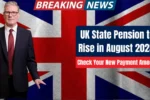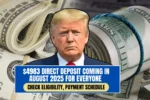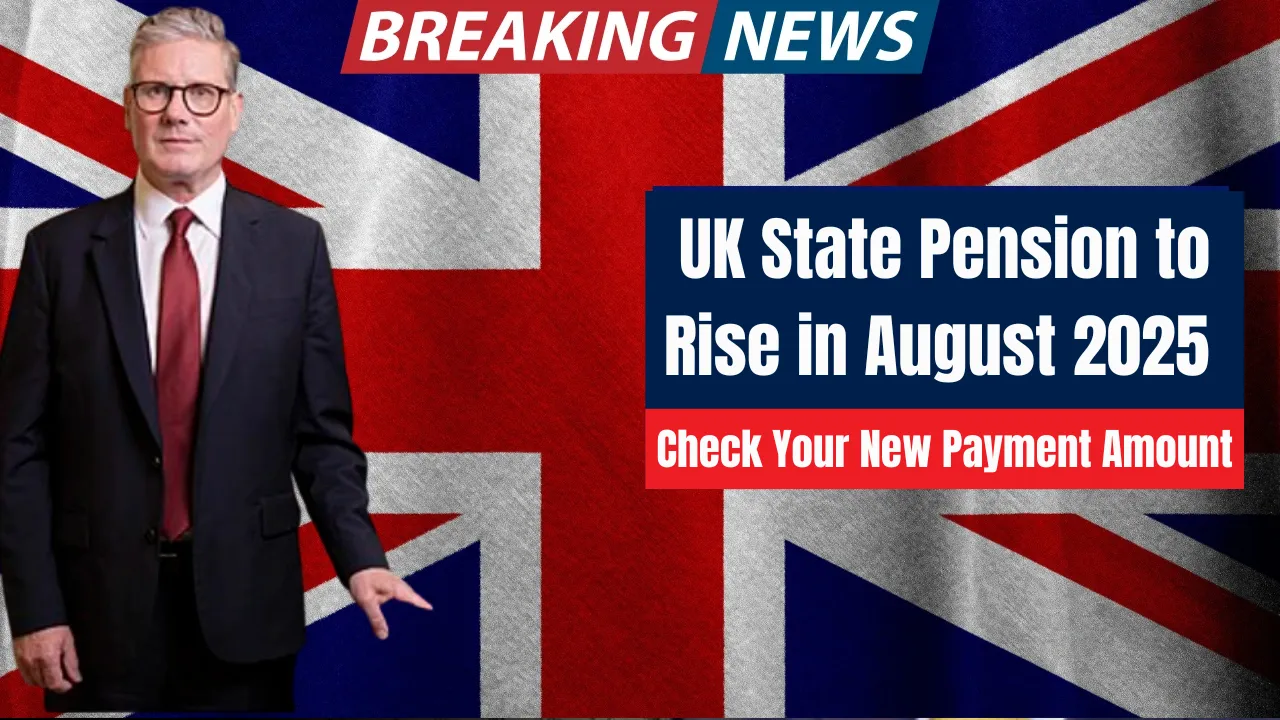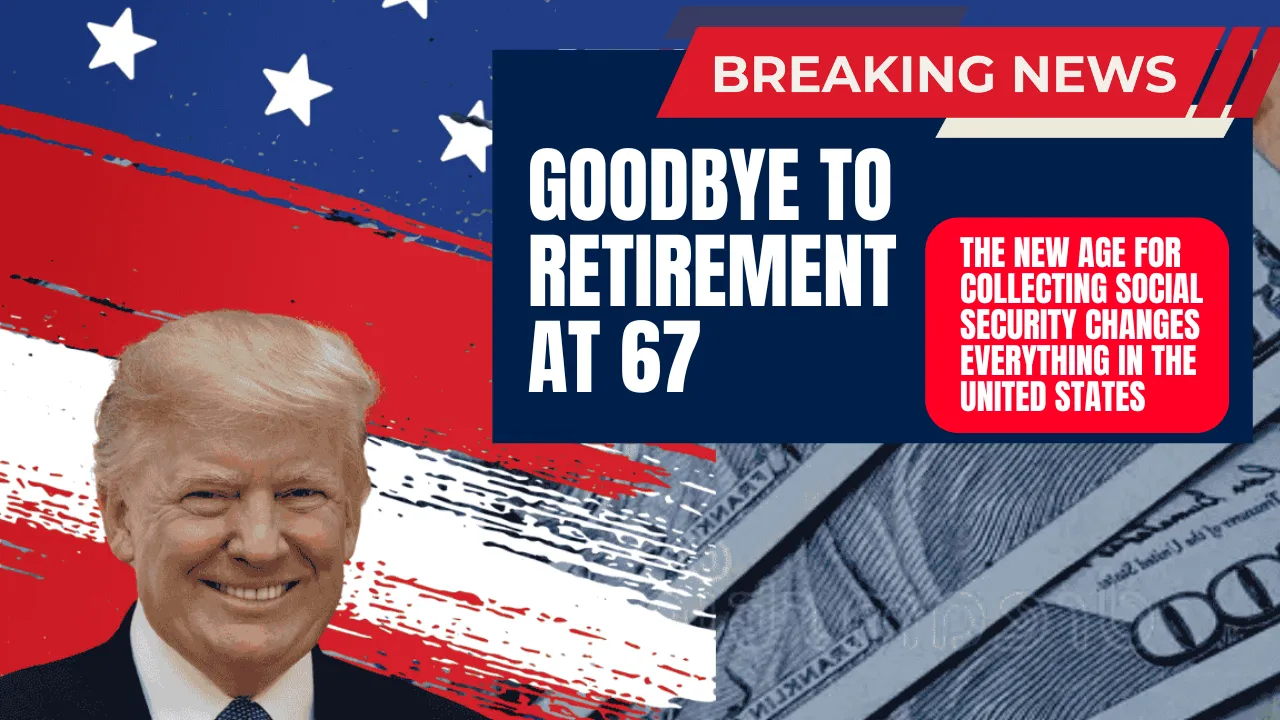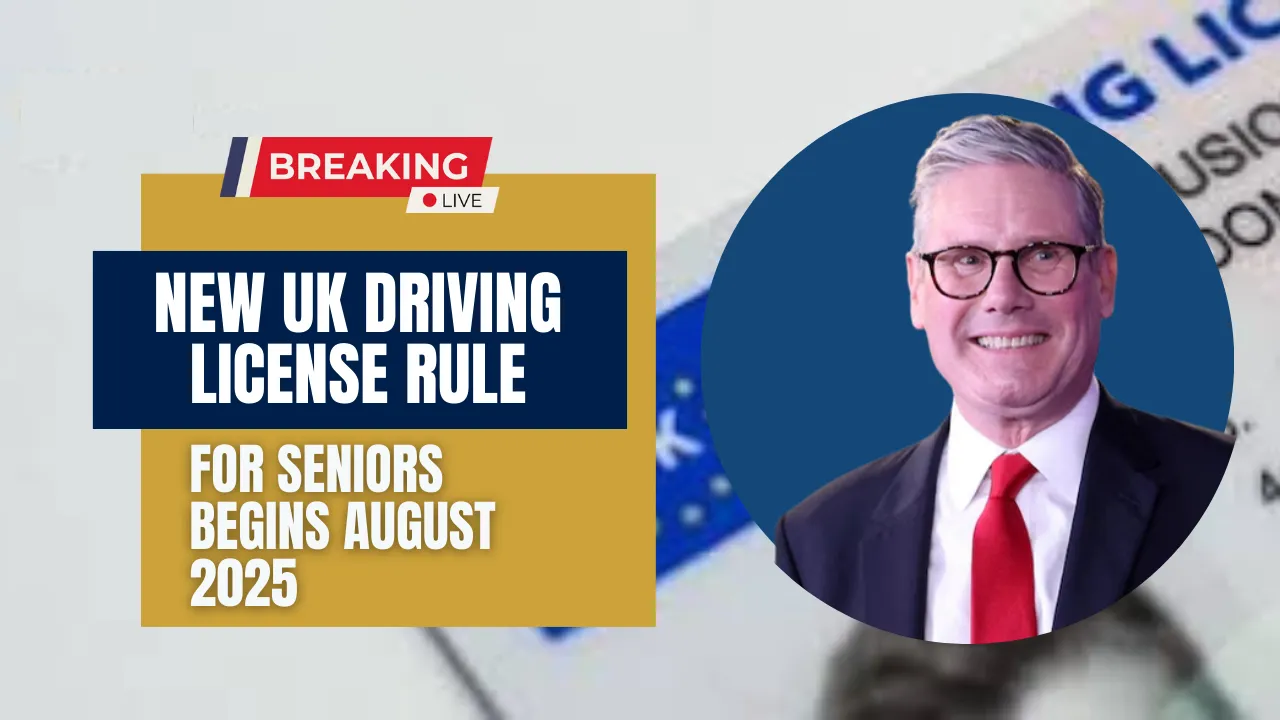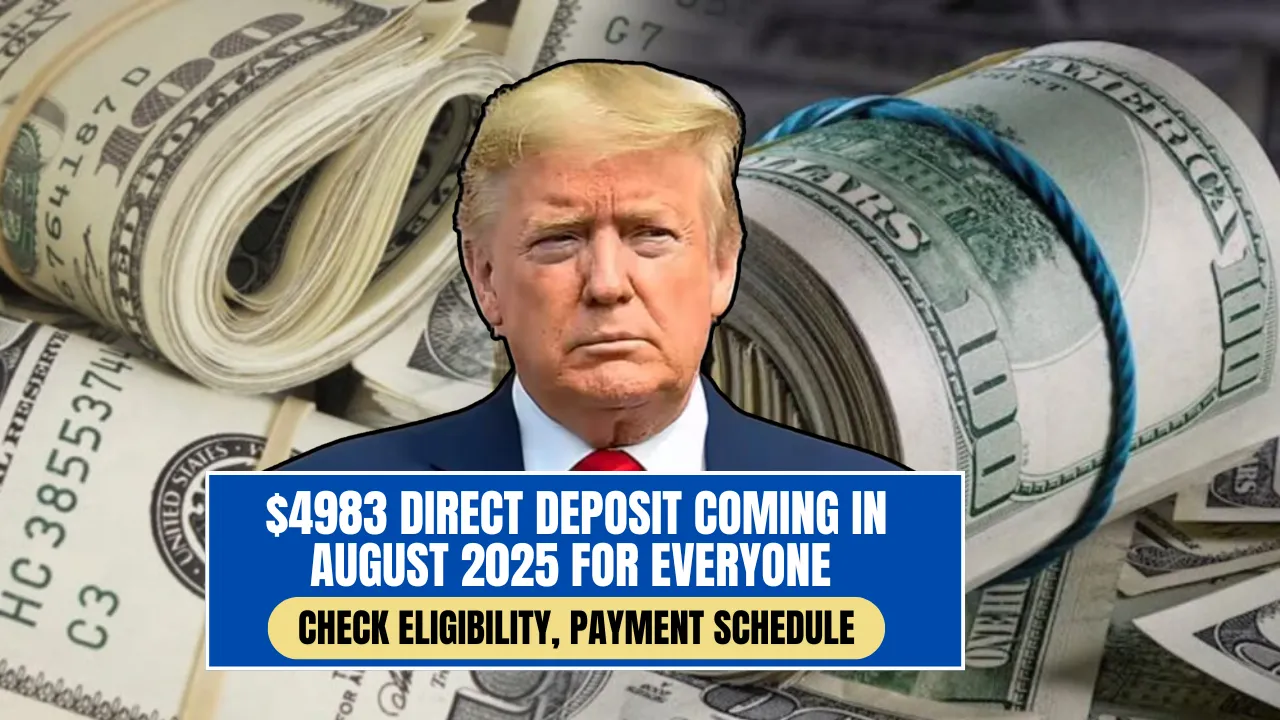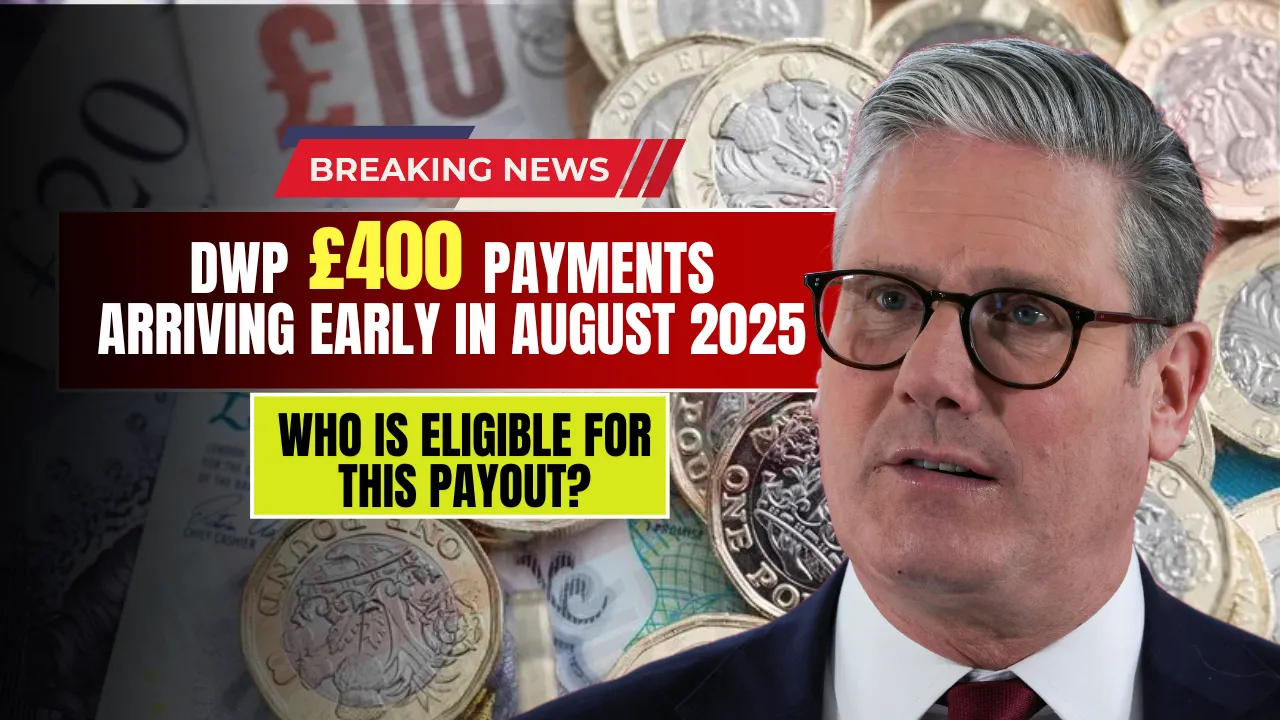If you’ve been hearing about the $4983 Direct Deposit set to roll out in August 2025, you’re probably wondering if your bank account is on that list. For many, this payment could be the difference between catching up on bills or falling further behind. Rising grocery prices, higher rent, and steep medical costs have pushed household budgets to their limits — and this payout is designed to offer some breathing room.
The $4983 Direct Deposit is not just another stimulus check; it’s a targeted form of relief aimed at those who need it most. This article breaks down how it works, who qualifies, when you can expect to see it, and how to make the most of it once it lands in your account.
Understanding the $4983 Direct Deposit
The $4983 Direct Deposit is a government-backed, one-time payment funded through a mix of federal and state programs. Unlike past blanket stimulus payments, this one is focused on households facing clear financial strain — determined by income, benefits received, and residency. You don’t have to pay it back, there’s no interest, and no strings are attached. It’s meant to help cover essentials like rent, groceries, healthcare, or even overdue bills. Some states will also prioritize people in areas with higher living costs or economic downturns, so eligibility can vary slightly by location.
Overview of the $4983 Direct Deposit
| Detail | Information |
| Payment Amount | $4,983 |
| Distribution Dates | August 12–22, 2025 (direct deposit first) |
| Eligibility | Based on income, residency, and benefits received |
| Income Limits | $75,000 (individuals), $150,000 (joint), $112,500–$125,000 (head of household) |
| Who Qualifies | Citizens or lawful residents; many on Social Security, SSDI, SSI, VA benefits |
| Delivery Method | Direct deposit, paper check, or prepaid debit card |
| Repayment Requirement | None |
| Tax Impact | Not considered taxable income in most cases |
Where the Money Comes From
This payment is made possible by pooling federal resources with state-managed benefit programs. That means the funding is intentional — not a random handout. The goal is to deliver support quickly to those most in need, without creating long-term debt. Past versions of similar programs have proven effective in helping families avoid eviction, pay down high-interest debt, and cover critical expenses like prescriptions and utility bills.
Who Is Eligible for the $4983 Direct Deposit?
Eligibility depends on a combination of income, benefit status, and residency:
- Income thresholds:
- Individuals earning less than $75,000 annually
- Married couples filing jointly with under $150,000 combined income
- Heads of household typically between $112,500 and $125,000
- Individuals earning less than $75,000 annually
- Benefit recipients: Many qualifying individuals are already receiving Social Security, SSDI, SSI, or VA benefits.
- Residency & tax filings: Must be a U.S. citizen or lawful permanent resident, and have filed taxes in the last two years or updated details with the IRS or your state’s revenue office.
- Location factors: States may prioritize applicants in high-cost or economically challenged regions.
When Will the $4983 Direct Deposit Arrive?
Payments are scheduled between August 12 and August 22, 2025 for those with direct deposit set up. This method is the fastest and most secure. If you haven’t linked your bank account to federal or state benefits, you’ll get a paper check or prepaid debit card in the mail. That could delay arrival until late August or early September, so checking and updating your payment details now can save time.
How to Confirm Your Eligibility and Payment Status
You can verify if you’re on the list to receive the $4983 Direct Deposit using these official methods:
- State benefit portals: Enter your Social Security Number and date of birth to confirm eligibility.
- IRS website: Federal payments may offer a “Get My Payment” tool.
- Direct contact: Call your state’s Department of Revenue, though wait times may be long.
Never rely on unverified social media links or random websites claiming to “speed up” your payment — these are often scams.
How You Can Use the $4983 Direct Deposit
This payment has no spending restrictions, but many recipients choose to focus on areas that bring the most stability:
- Paying rent or mortgage to secure housing
- Reducing high-interest debt to improve financial health
- Covering out-of-pocket medical costs
- Stocking up on groceries and essentials
- Adding to an emergency fund for unexpected expenses
Using the money strategically can make a bigger impact than spending it all at once.
Real-Life Stories from Past Beneficiaries
Similar relief programs have made a clear difference in people’s lives. Maria Rodriguez, a single mom from New Mexico, used her last payment to cover rent and utilities:
“It gave me breathing space and the peace of mind that my kids had a safe place to sleep.”
Veteran James Carter from Ohio shared how the funds helped him settle medical bills that had been hanging over his head for months:
“It wasn’t just money — it was a fresh start.”
The Bigger Economic Picture
While $4,983 is a welcome sum for most households, experts caution that one-time aid is a temporary fix. Still, targeted programs like the $4983 Direct Deposit can bridge financial gaps and prevent short-term crises. By focusing funds on those who need them most, these payments can reduce eviction rates, ease debt burdens, and support community stability.
Staying Safe: Avoiding Scams
Scammers often exploit large-scale relief programs. Keep yourself safe by following these tips:
- Government agencies will never request personal information by phone, text, or email.
- Avoid clicking links in unsolicited messages about your payment.
- Report suspicious contact to the IRS or your state’s fraud reporting office.
FAQs
1. Is the $4983 Direct Deposit a loan?
No, it’s a one-time payment you do not have to repay.
2. Will everyone get the payment?
No, only those meeting income, residency, and benefit criteria.
3. Do I need to apply?
Most will get it automatically if their details are already on file, though some states may require updates.
4. What if I don’t have direct deposit set up?
You’ll get a paper check or prepaid card by mail, which may take longer.
5. Will it affect my taxes?
Generally, no — but consult a tax professional for personal advice.
Final Thoughts
The $4983 Direct Deposit arriving in August 2025 is a timely form of relief for households feeling the squeeze of rising costs. While it won’t solve every financial challenge, it can be the boost you need to stabilize your budget, pay down debt, or prepare for the unexpected.
If you think you’re eligible, verify your details through official channels today. A few minutes could secure nearly $5,000 in direct financial support — and that’s worth acting on.

